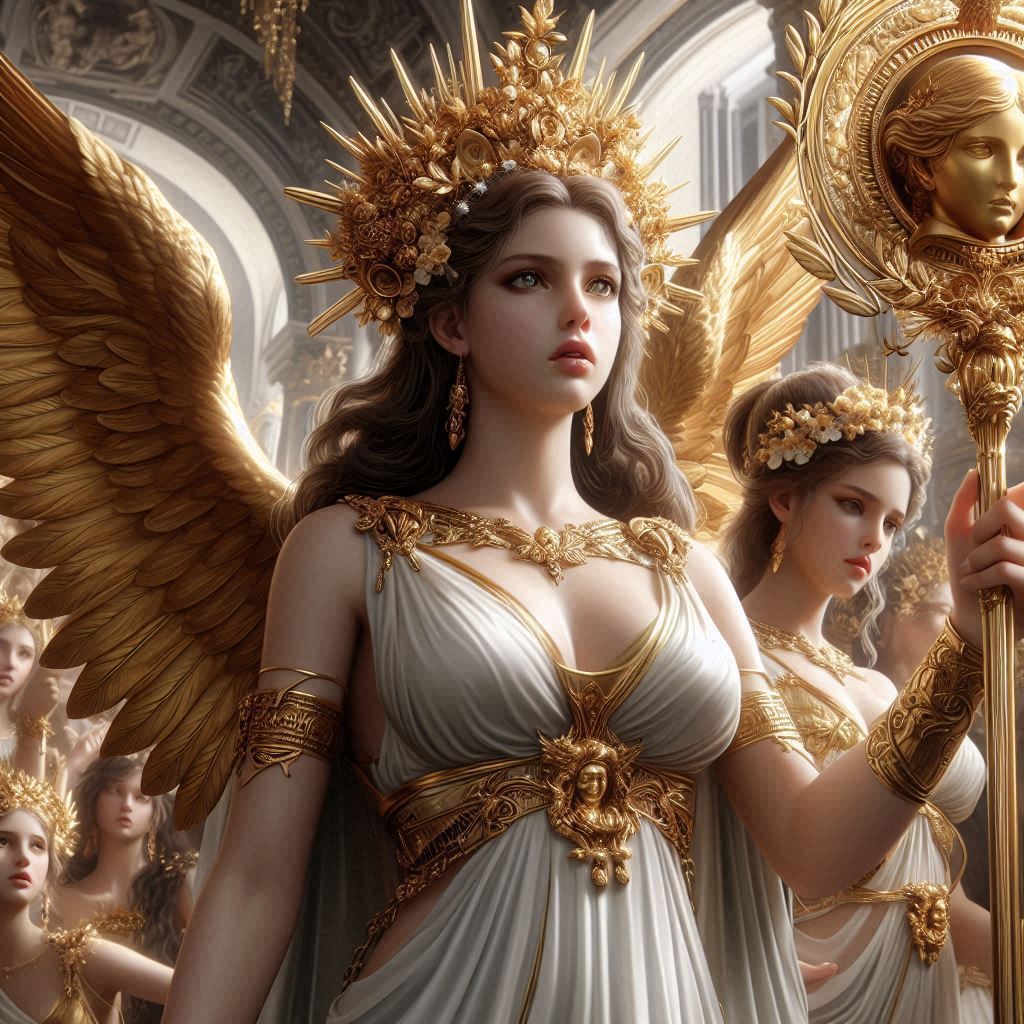Table of Contents
What Is Beauty in Keats’ Poetry?
John Keats, one of the most celebrated poets of the Romantic era, is often regarded as the quintessential poet of beauty. His odes and lyrical compositions are imbued with a profound exploration of beauty that transcends superficial appearances, venturing into the realms of eternal truths, fleeting pleasures, and the transcendent power of art.

To Keats, beauty is not a mere aesthetic quality but a philosophical and emotional experience that intertwines with human life, nature, and imagination. This essay delves into Keats’ conception of beauty, drawing from his poetic works and examining the ways in which he defines and redefines this elusive and complex idea.
The Dual Nature of Beauty: Sensory and Eternal
Keats’ poetry often juxtaposes two dimensions of beauty: the transient and the eternal. In his famous Ode on a Grecian Urn, Keats contemplates the paradox of permanence and ephemerality. The figures on the urn, frozen in time, represent an eternal beauty that never fades. The lovers depicted will always remain on the brink of fulfillment, and their love, unconsummated, is immortalized in its purity. Keats writes:
“Beauty is truth, truth beauty,—that is all
Ye know on earth, and all ye need to know.”
This enigmatic conclusion suggests that beauty and truth are intertwined, a harmonious unity that defies the transience of human existence. The urn, a work of art, becomes a symbol of timeless beauty, contrasted with the inevitable decay and change inherent in human life.
In contrast, Keats is deeply aware of the fleeting nature of beauty in the sensory world. In Ode to a Nightingale, he is enraptured by the song of the nightingale, which symbolizes a transient, sensuous beauty that momentarily lifts him beyond the pain and suffering of life. Yet, this beauty is ephemeral, slipping away as the nightingale flies into the distance, leaving him yearning for the permanence he finds in art.
Beauty in Nature and the Sublime
Nature is another cornerstone of Keats’ exploration of beauty. In his poem To Autumn, Keats celebrates the season’s richness and maturity. Autumn is personified as a “close bosom-friend of the maturing sun,” representing the beauty of abundance and the inevitable cycle of life. Unlike the melancholic tones of his other odes, To Autumn embraces the fleeting beauty of the natural world with serenity and acceptance. Keats revels in the sensory experiences of nature—the “moss’d cottage-trees,” “full-grown lambs,” and the “barred clouds” of sunset—finding beauty even in the transience of the season as it fades into winter.
Keats’ nature imagery often evokes the sublime, a Romantic ideal that combines awe, wonder, and even terror. This duality reflects his belief that beauty is not limited to harmonious perfection but also includes the raw, untamed forces of nature that inspire a profound emotional response. His imagination transforms ordinary scenes into moments of heightened aesthetic experience, revealing the extraordinary within the mundane.
The Role of Imagination in Constructing Beauty
For Keats, beauty is not merely something observed; it is something created and reimagined by the mind. The imagination plays a central role in his poetic philosophy, enabling him to transcend the boundaries of reality and explore the infinite possibilities of beauty. In Ode to Psyche, he vows to “build a fane” in his mind for the neglected goddess Psyche, creating an inner sanctuary where beauty can be preserved and celebrated. This act of imaginative creation underscores his belief in the transformative power of poetry and art to eternalize beauty, even when it is absent in the material world.
Keats’ notion of the “negative capability” also informs his understanding of beauty. This concept, which he described as the ability to embrace uncertainty and paradox without the need for definitive answers, allows him to appreciate beauty in all its complexity. By suspending judgment and embracing ambiguity, Keats finds beauty in sorrow, longing, and even death.
Beauty and Mortality
Mortality is a recurring theme in Keats’ poetry, and it profoundly shapes his perception of beauty. As a poet acutely aware of his own fragility—his life cut short by illness—Keats often grapples with the tension between the eternal and the fleeting. In Bright Star, he yearns for the steadfastness of a star, a symbol of eternal beauty, yet he recognizes the inevitability of change and death. The awareness of mortality heightens his appreciation for beauty, making each moment more poignant and precious.
In Ode to Melancholy, Keats explicitly links beauty and sorrow, suggesting that the most profound experiences of beauty are inseparable from an awareness of their transience. He writes:
“She dwells with Beauty—Beauty that must die;
And Joy, whose hand is ever at his lips
Bidding adieu; and aching Pleasure nigh,
Turning to poison while the bee-mouth sips.”
Here, beauty’s impermanence becomes a source of both joy and melancholy, a duality that defines the human condition.
Conclusion: Beauty as a Way of Being
In the poetry of John Keats, beauty is far more than an aesthetic principle; it is a way of engaging with the world. His works reveal an intricate and multifaceted vision of beauty that encompasses the eternal and the ephemeral, the sensory and the sublime, the joyous and the sorrowful. For Keats, beauty is a source of meaning and transcendence, offering solace in the face of life’s transience and suffering. His poetry invites us to embrace the complexity of beauty and to find wonder in both its fleeting moments and its timeless truths. Through his exploration of beauty, Keats elevates the act of perception to an art form, reminding us that to truly experience beauty is to live deeply, passionately, and imaginatively.


No responses yet